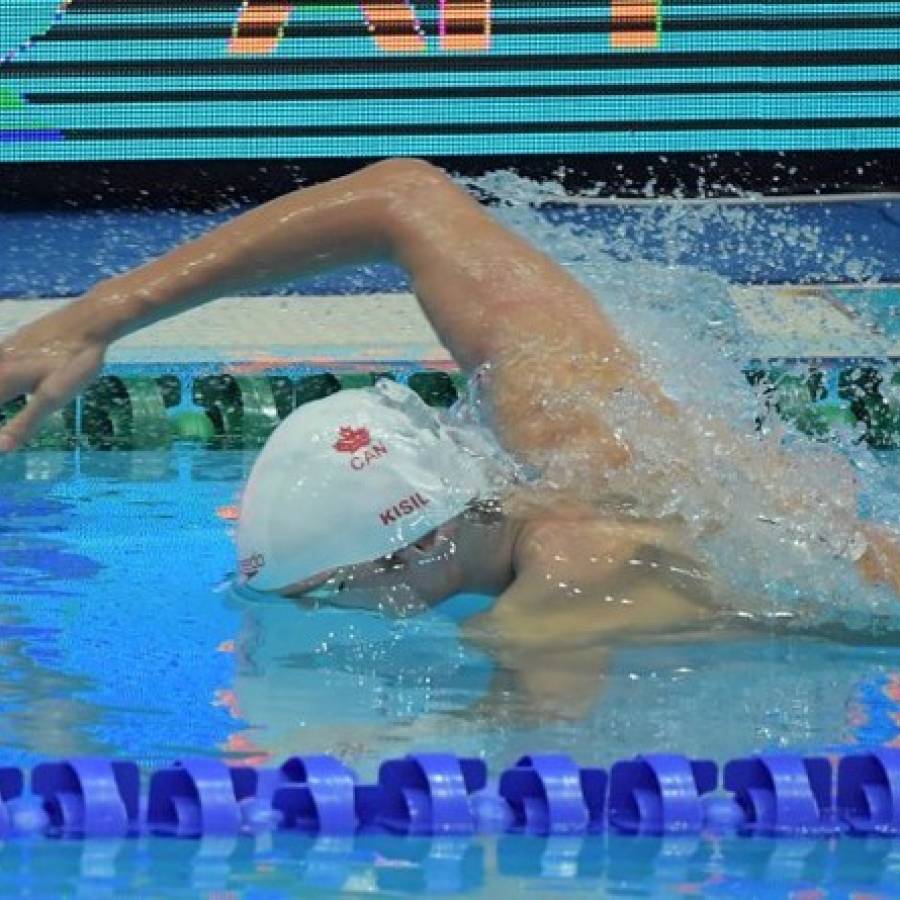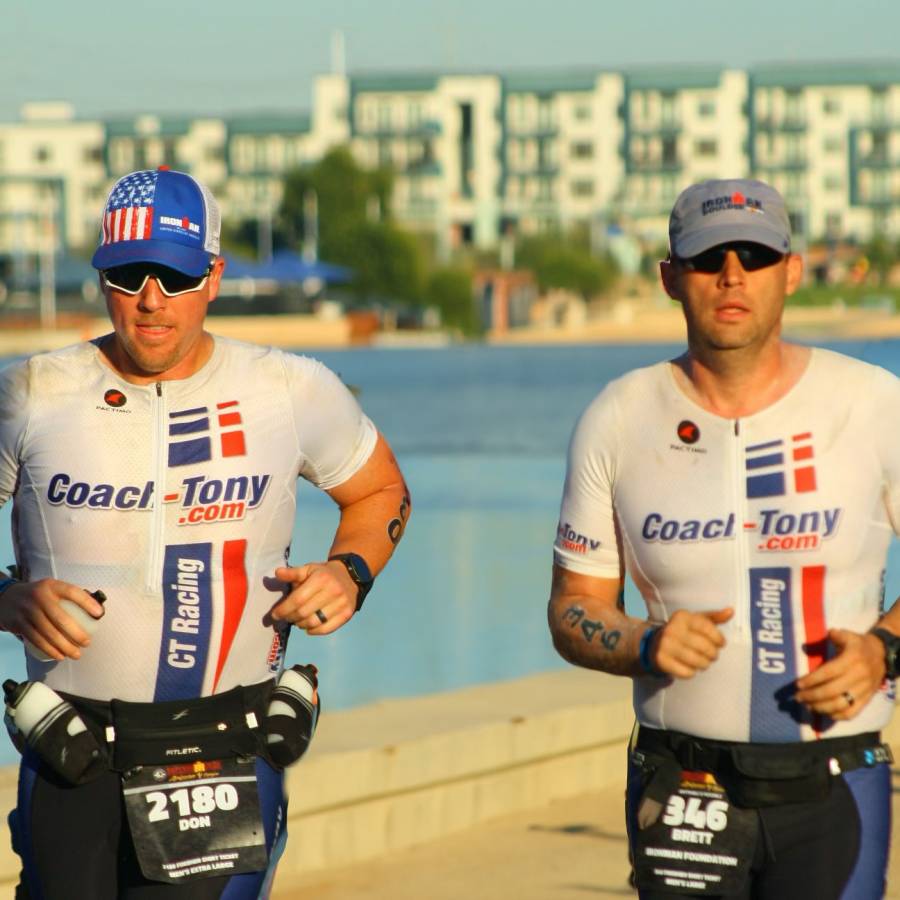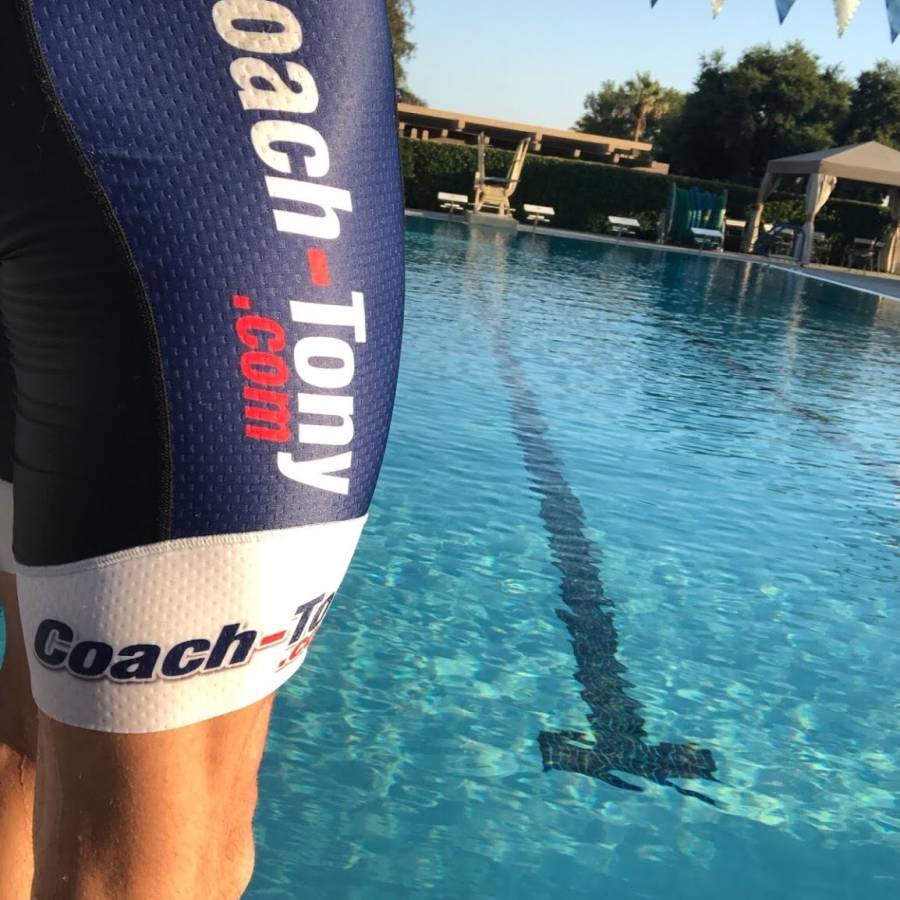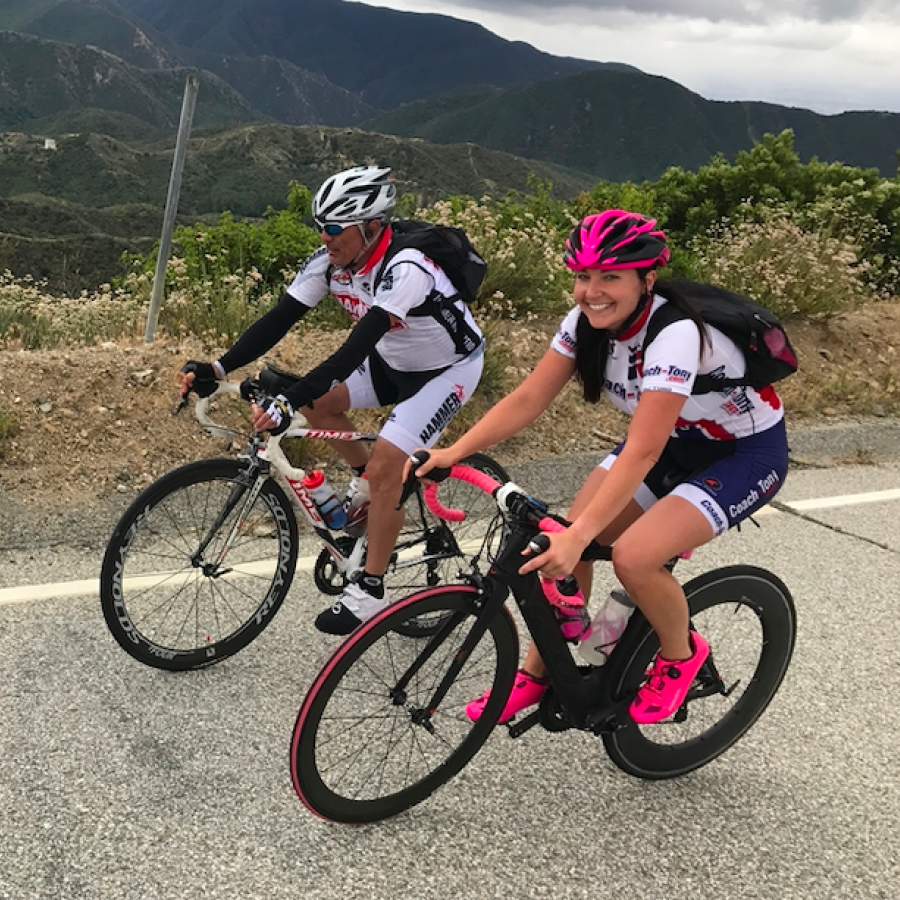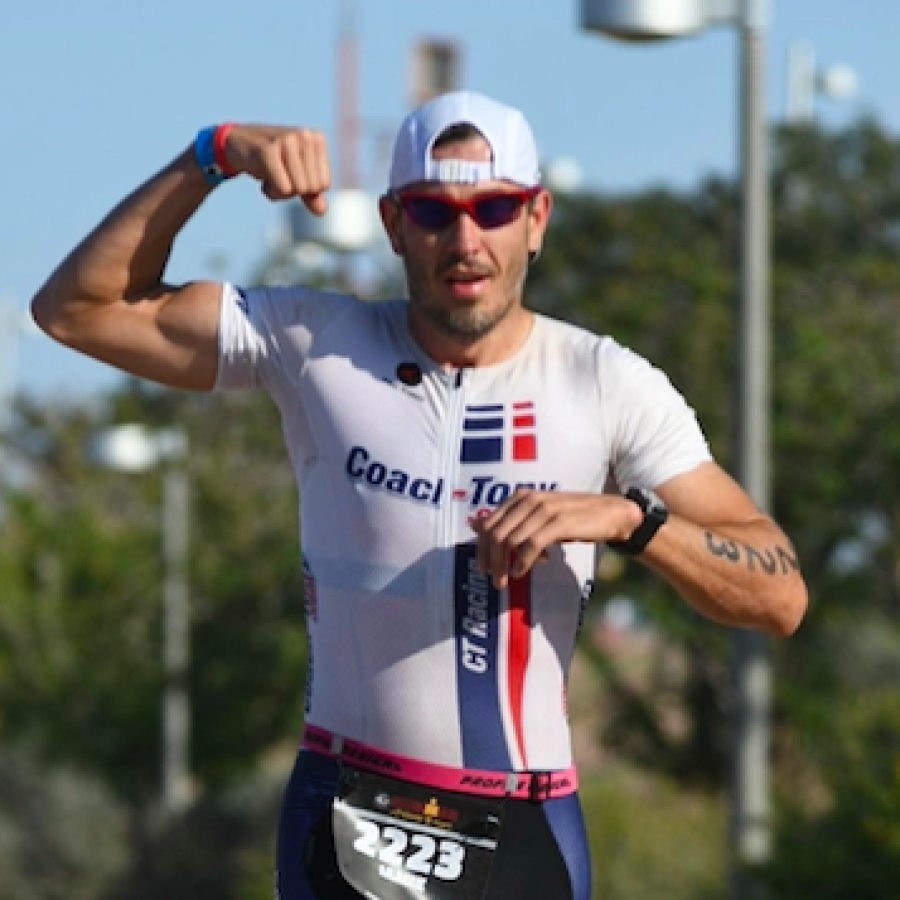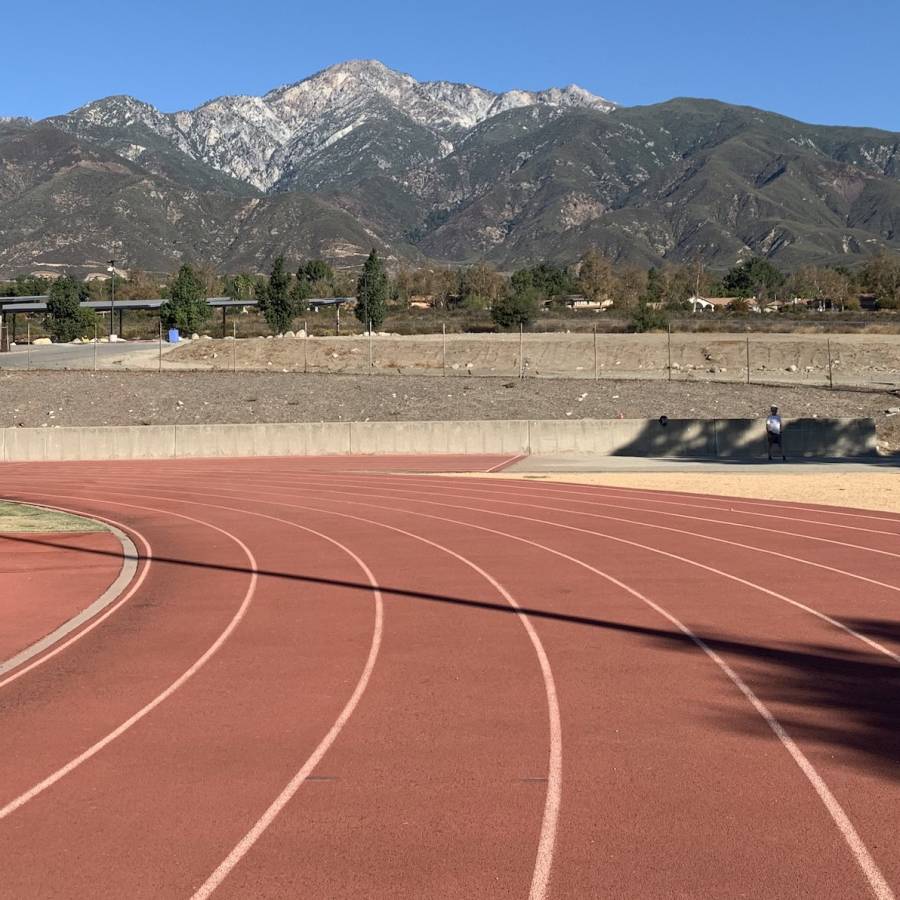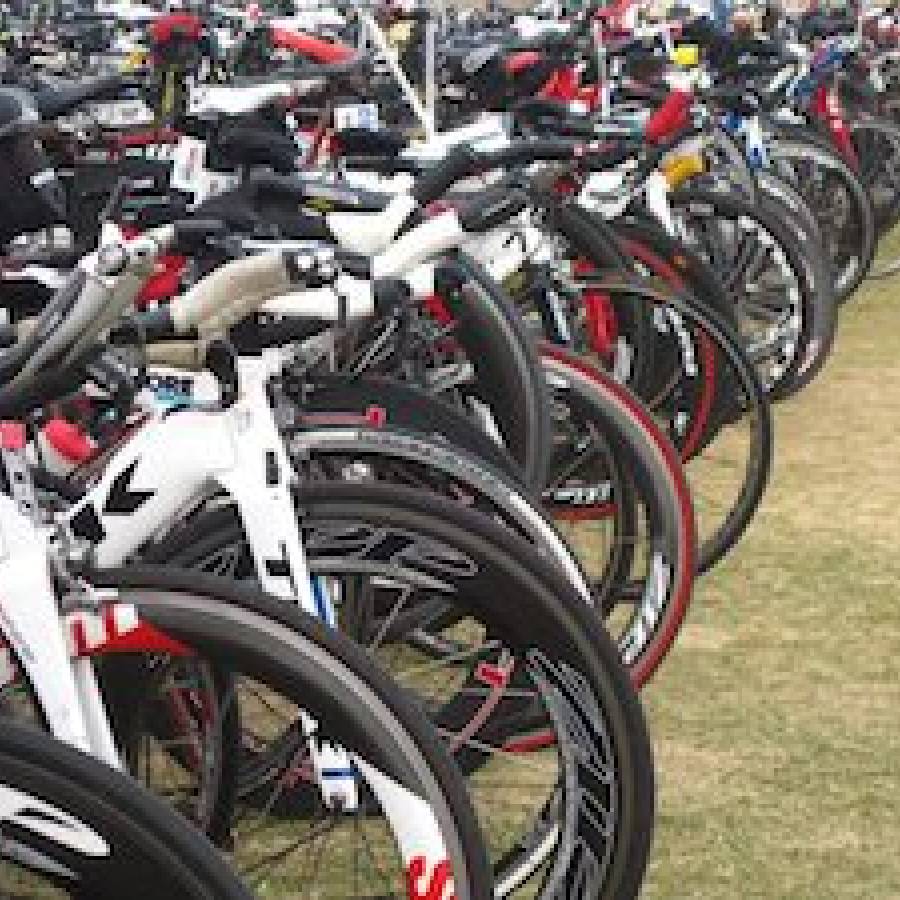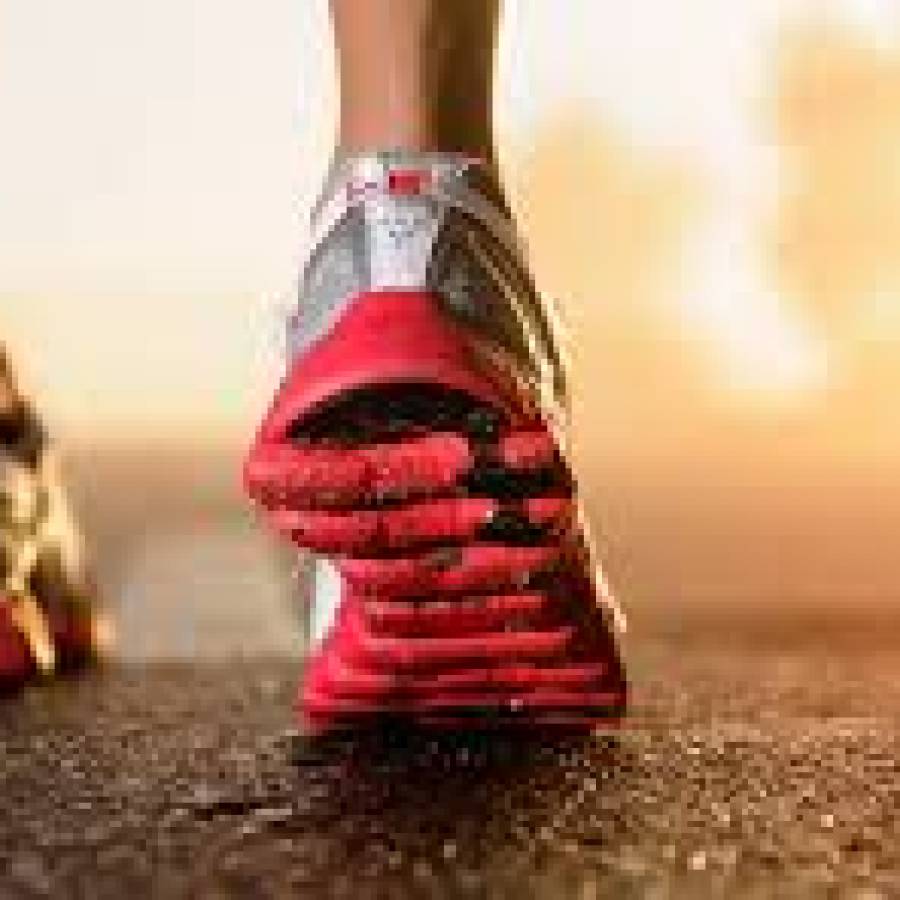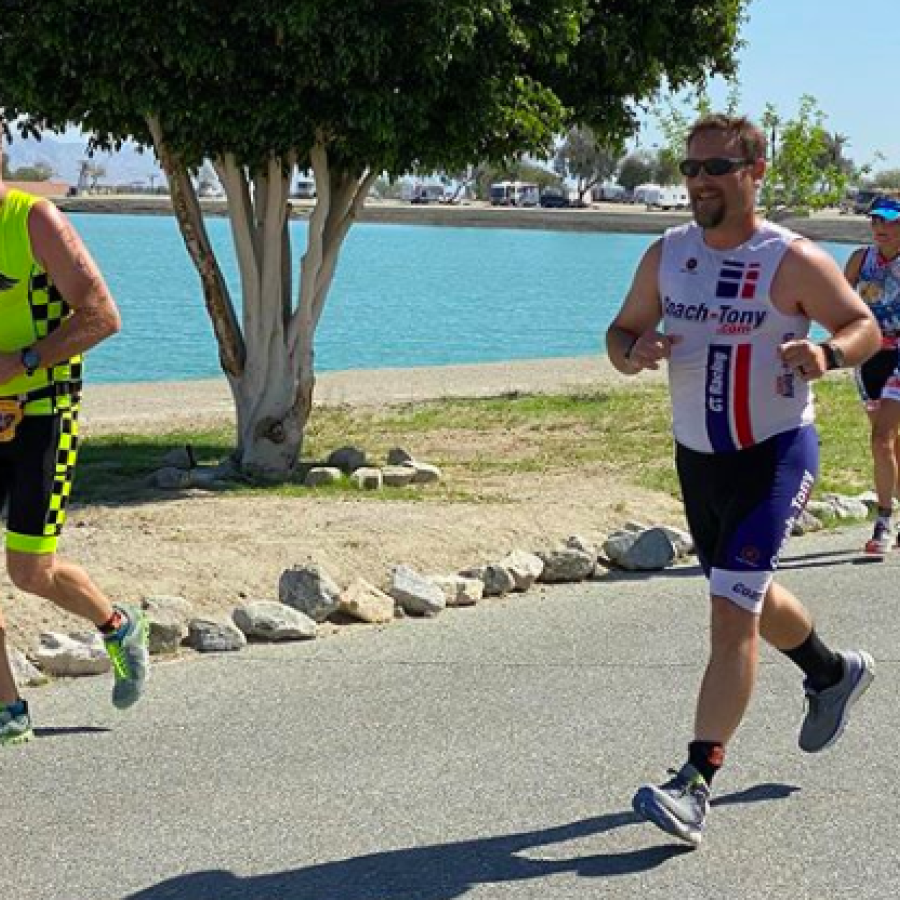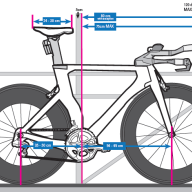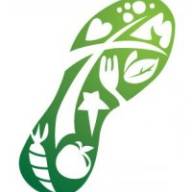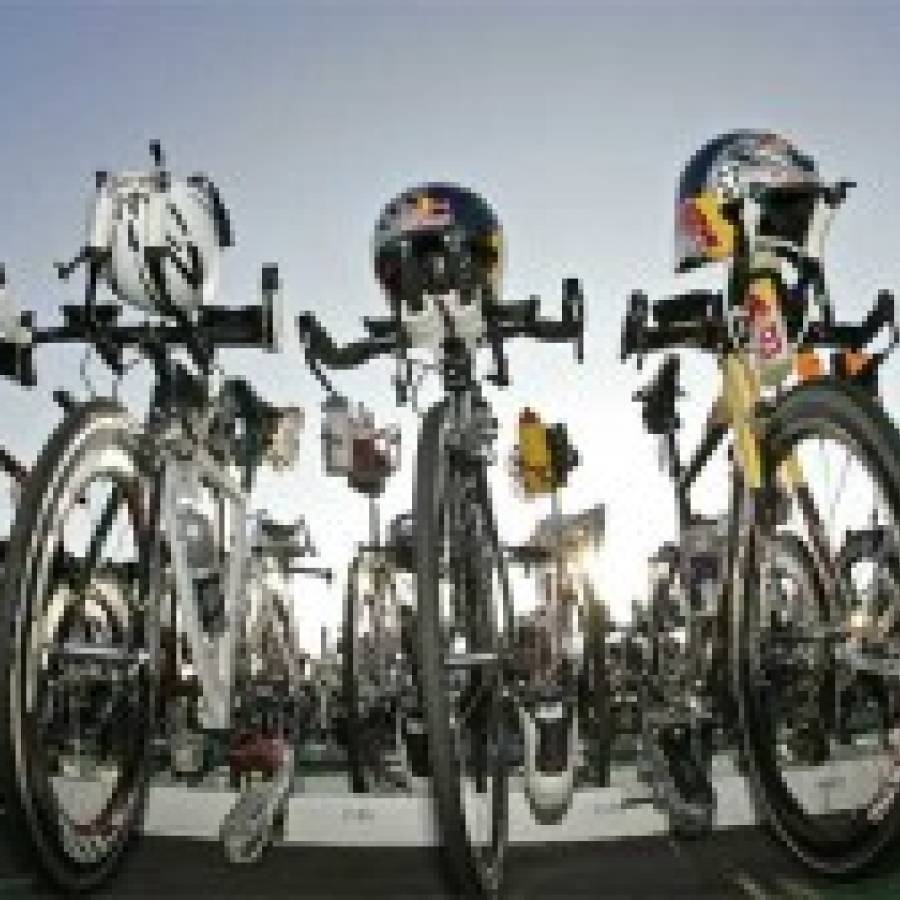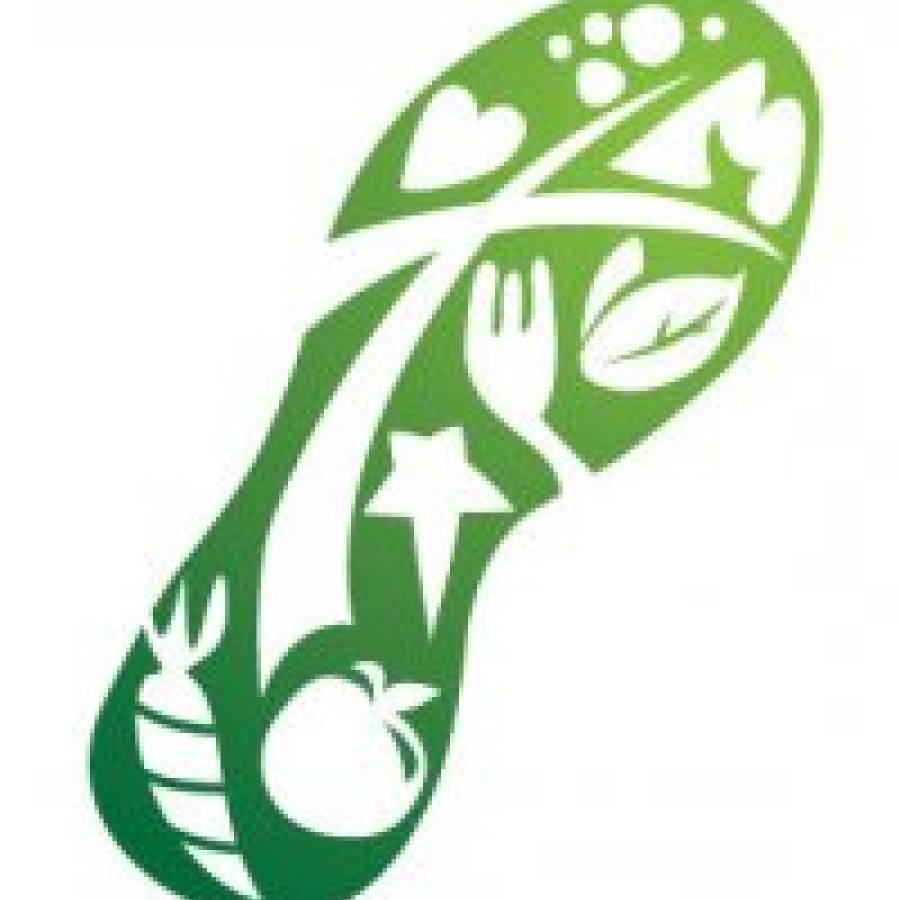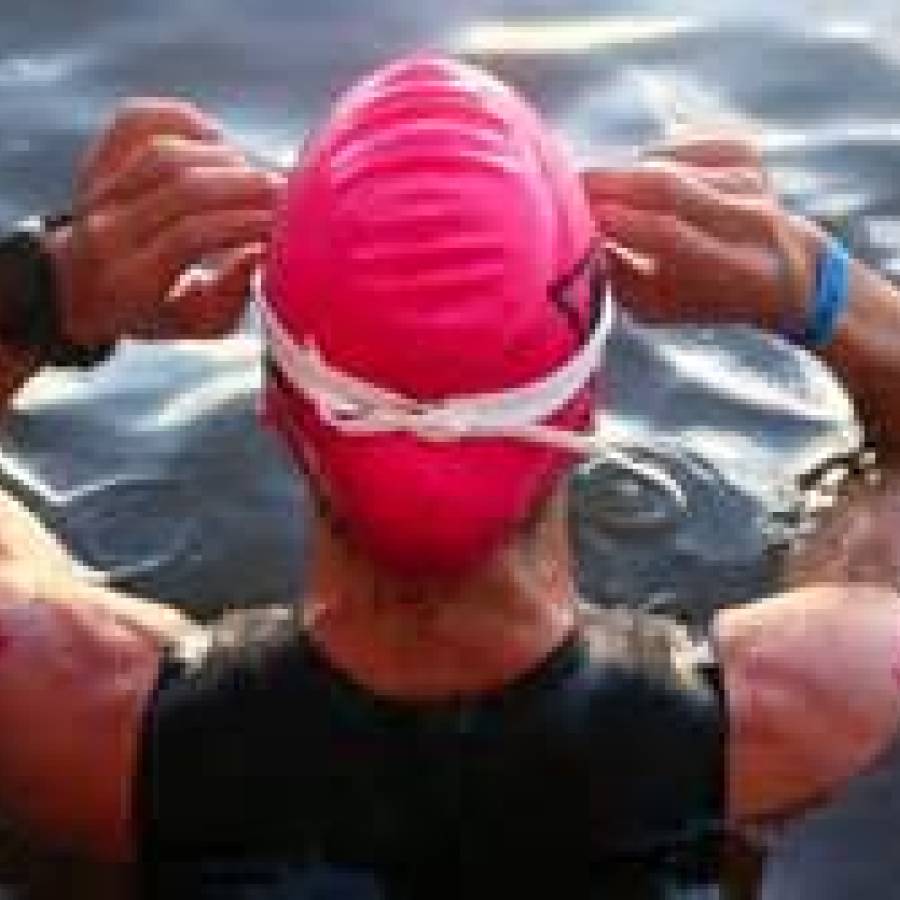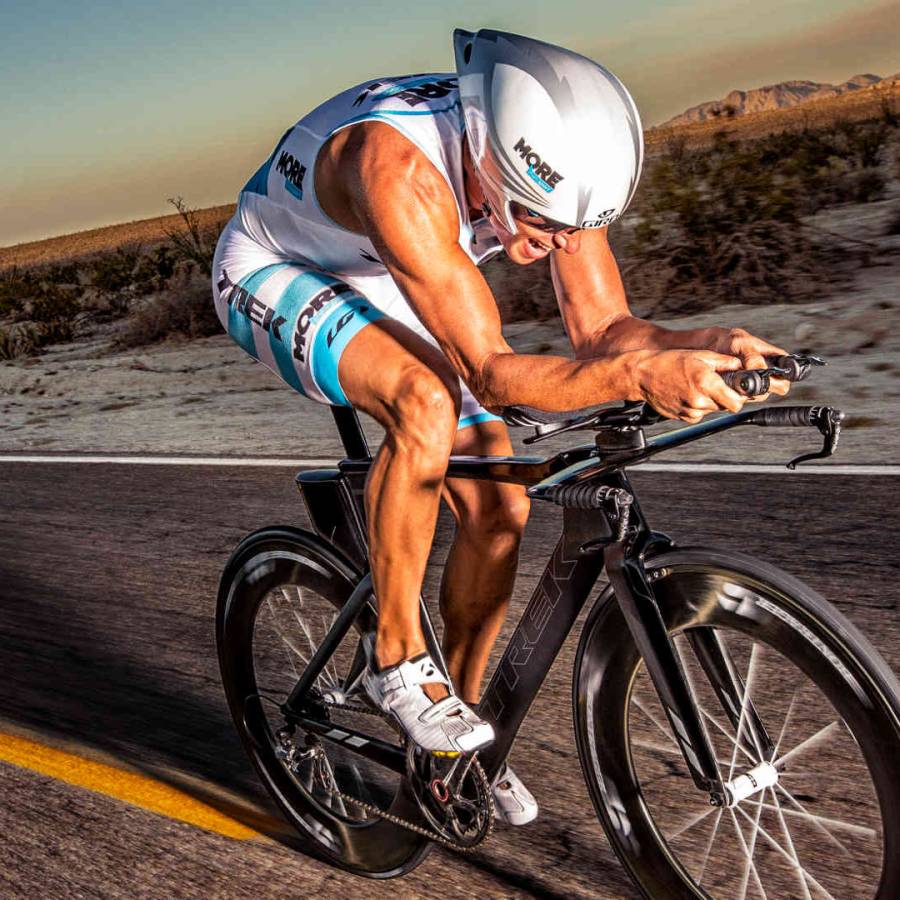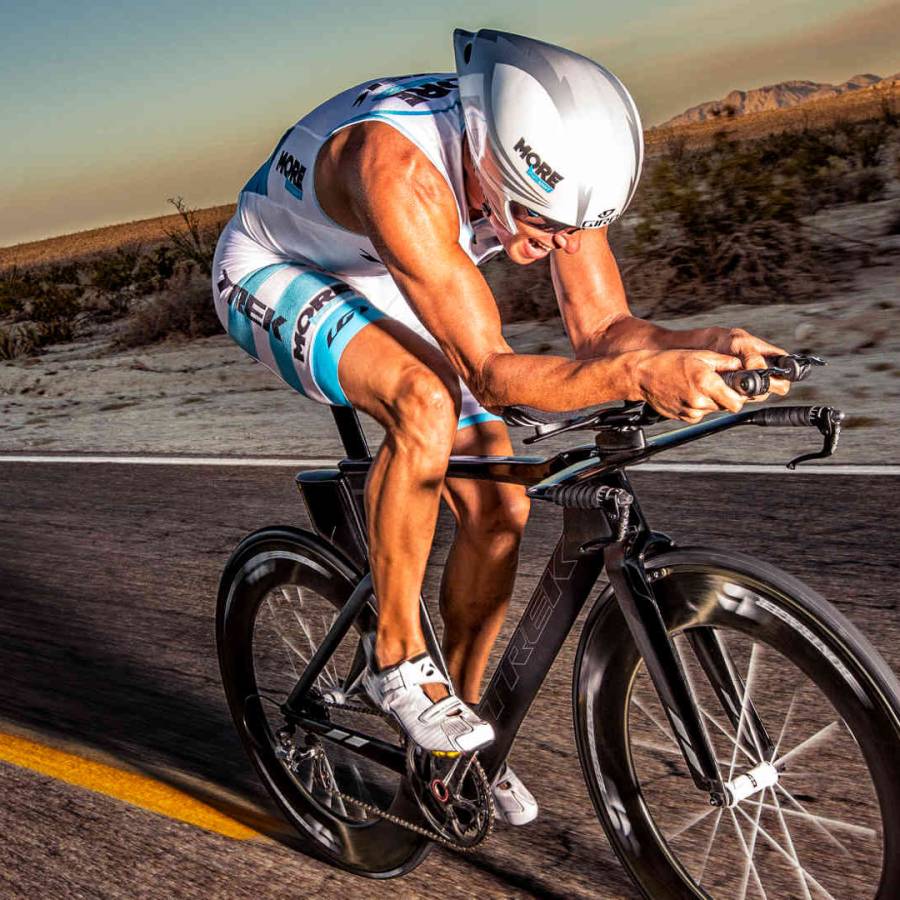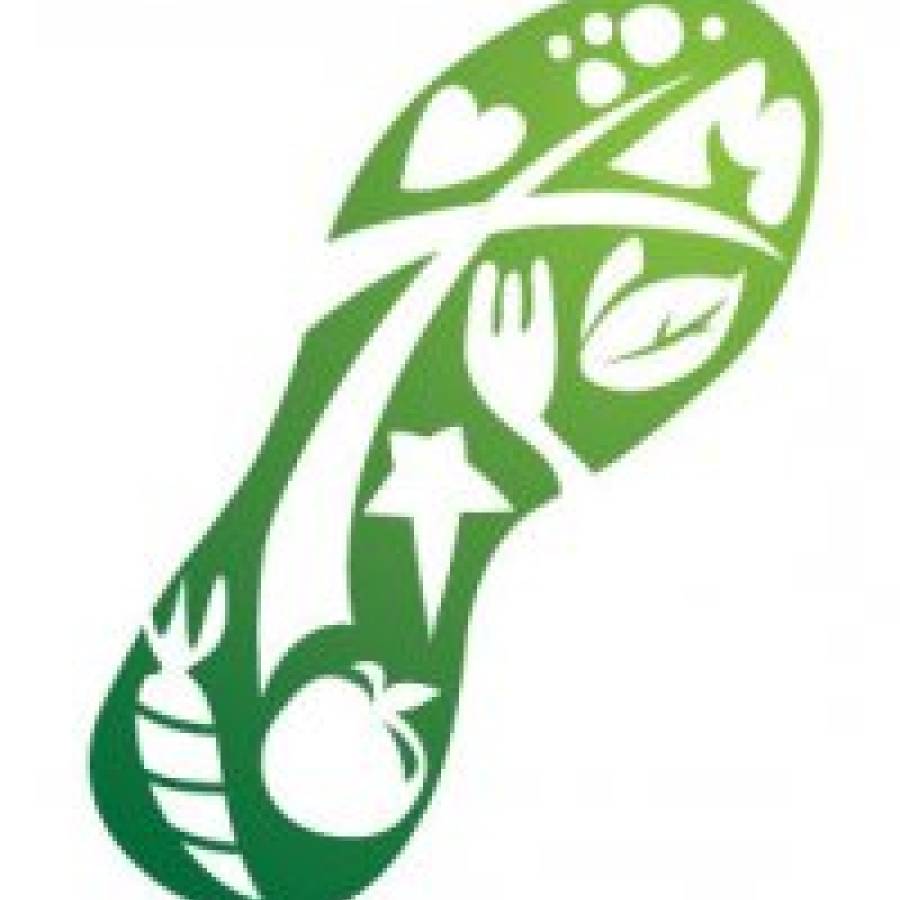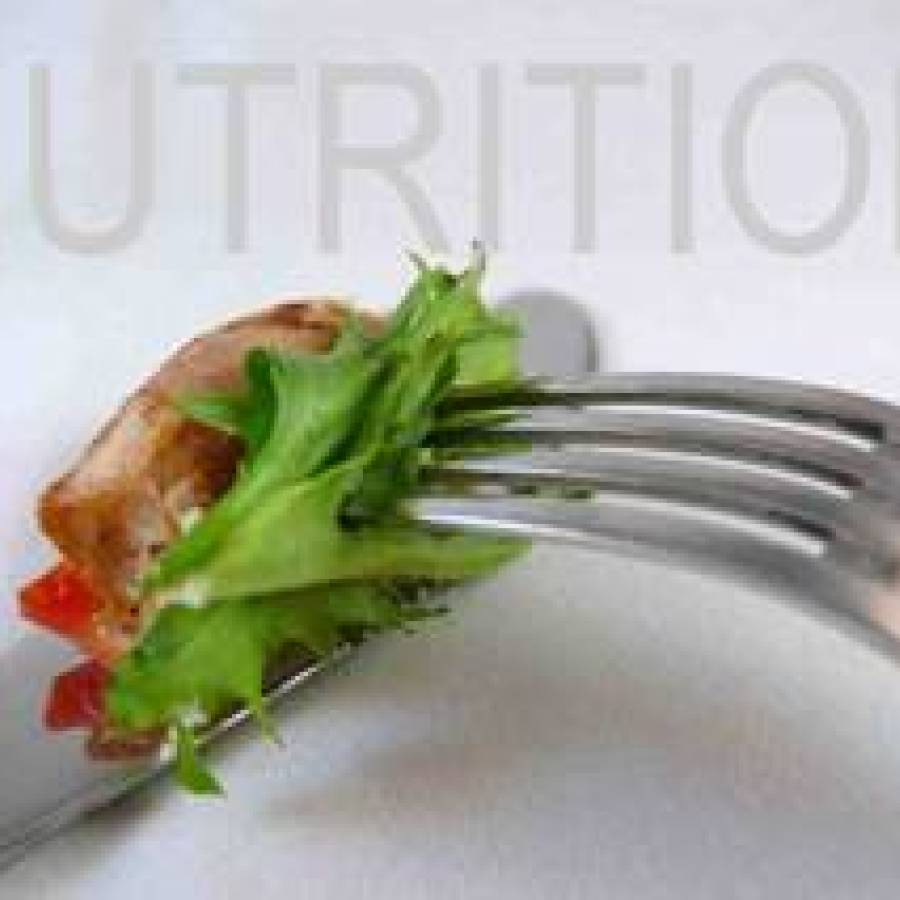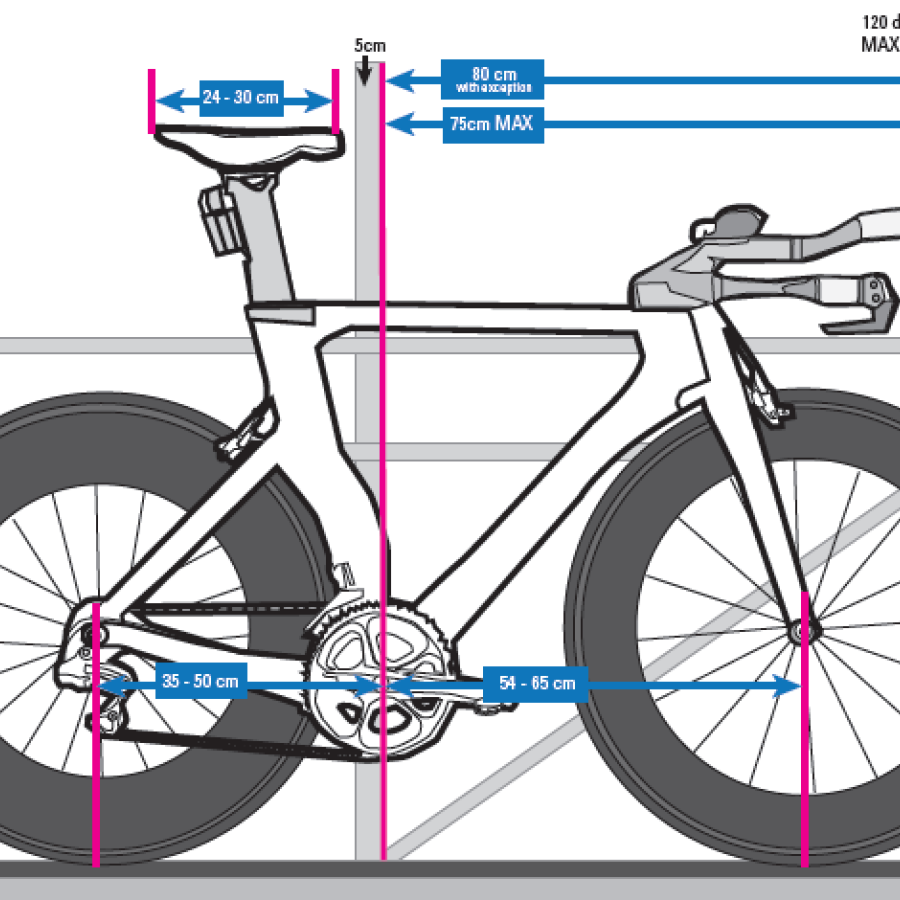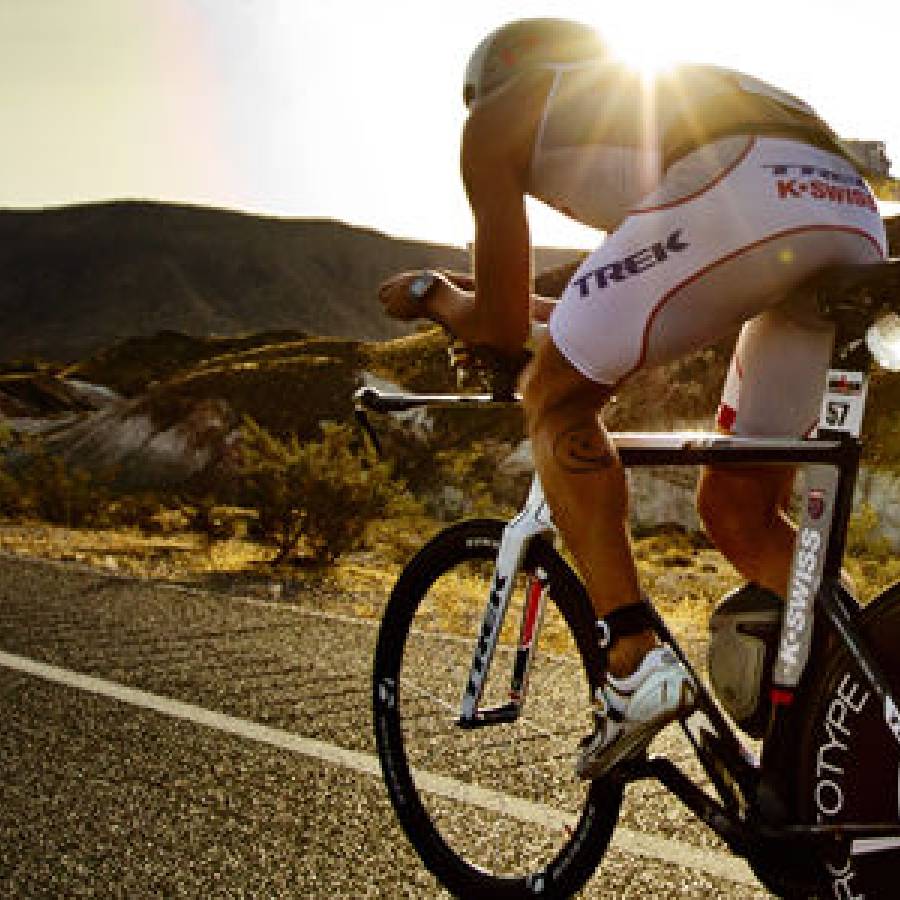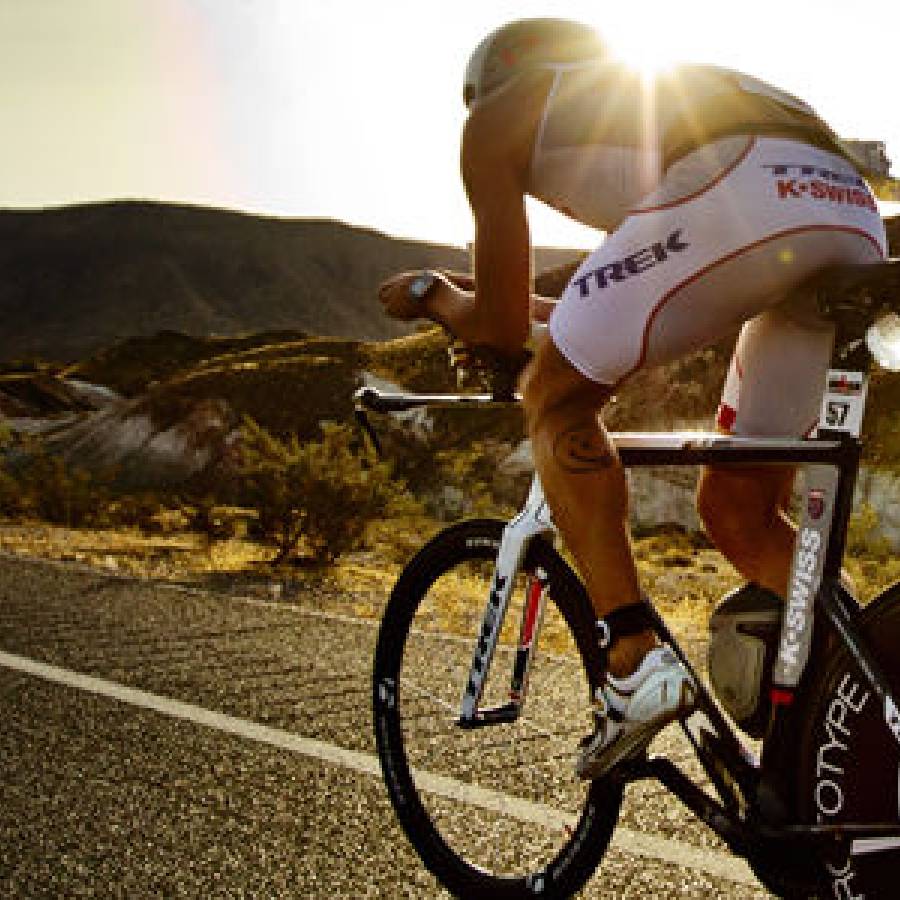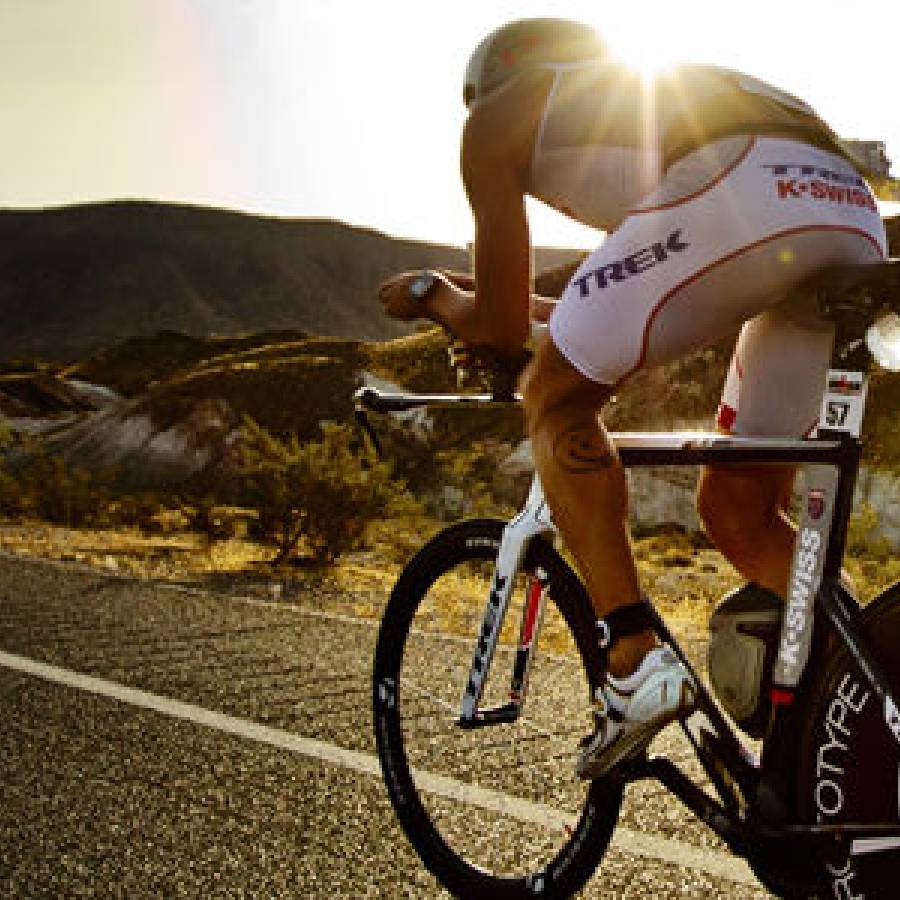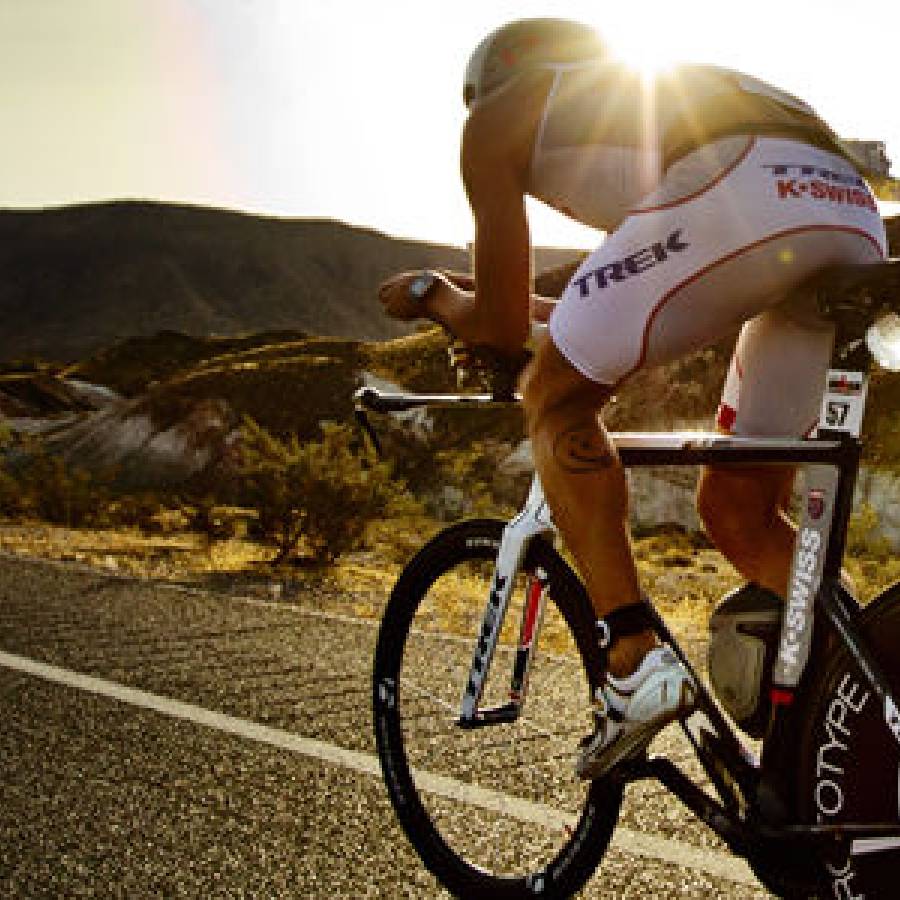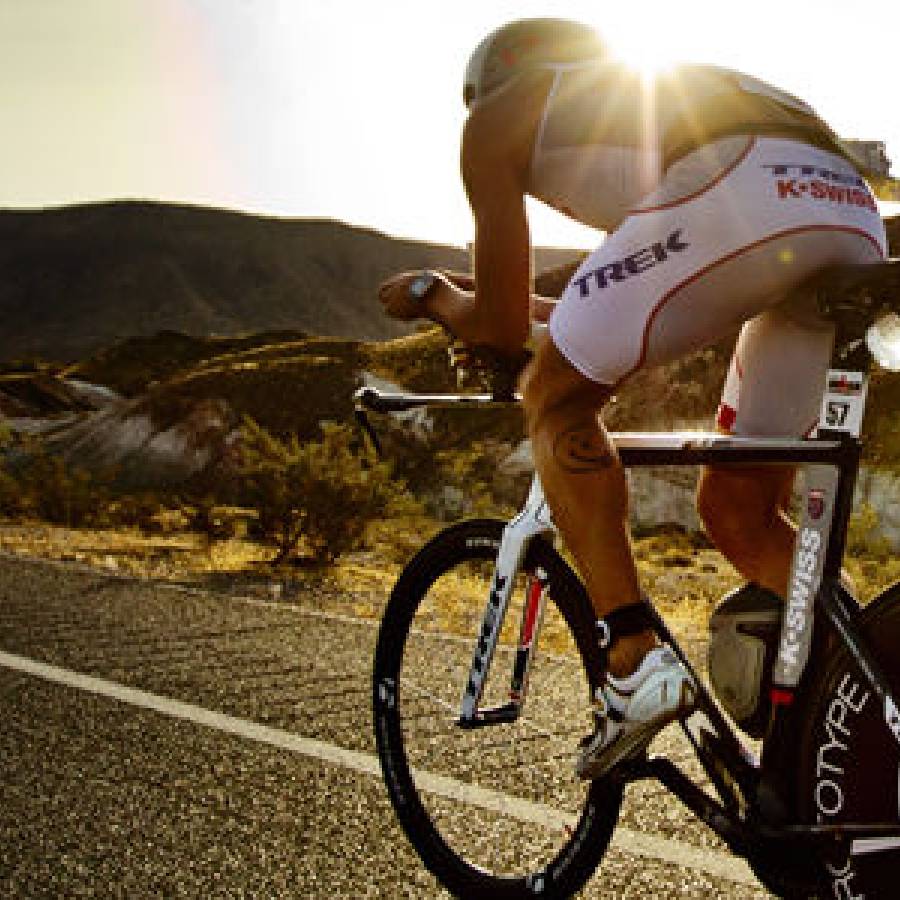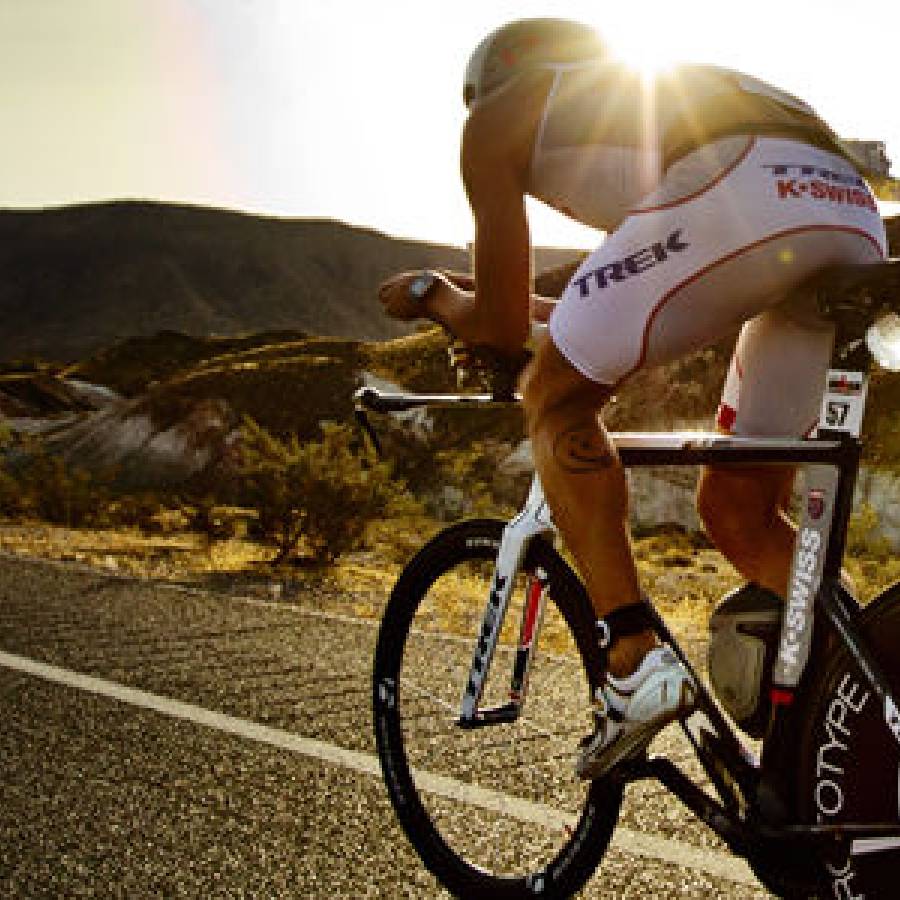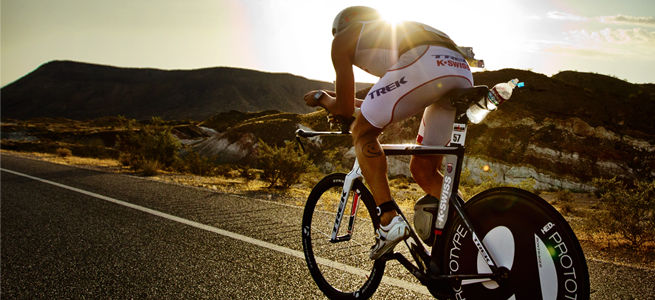
One of the key skills in road riding is the ability to ride in a pace line. By working together and sharing the work, a group of riders can go much faster with less effort than a single rider. The additional speed often leads to friendly competition. While the fun factor increases, too often safety is compromised. To help you avoid meeting the pavement by accident, please keep these safety factors in mind.
When you ride directly behind another cyclist, you use less energy. This is called drafting. The rider at the front is referred to as the lead rider. Depending on the study, it has been suggested you can use up to 30% less energy by drafting. When multiple riders do this, it is referred to as a pace-line. Riders in a pace-line take their turn at the font rotating through to the rear. Each rotation at the front is referred to as “taking a pull.” A rider that can draft can ride with much stronger riders. You first must learn to draft.
How to start drafting: The best way to learn how to draft is behind another rider at slower speeds. Begin with an experienced rider you trust; someone who you are familiar with their riding habits. Begin with a three to four foot gap between your front wheel and their rear wheel. As your drafting skills improve, close the gap to a reasonable and safe distance but never closer than 6 inches and never overlay wheels.
Focus While the ride may be aggressive, you need to ride defensively. Hands on the hoods at all times, on or near the brake lever, and ready to react at all times. The rider in front of you will cause a blind spot. Focus on the rider in front of you and what they’re doing, not just their wheel. Look over their shoulder by riding slightly to their left or right. Take note of who’s paying attention and who’s not. Keep a high cadence and use the rear brake to keep from getting too close. Brake gently to avoid interaction with the rider behind you.
Lead rider: The lead rider will break the wind for riders behind. Before the leader gets tired, they check traffic behind and slowly moves to the left. This allows the next rider pull through (alongside) and become the lead rider. The previous lead rider leader slowly drifts to the rear of the pace-line. The new lead rider needs to keep the same steady. They may have a tendency to increase the speed. This tendency is caused by the increased effort required to sustain the same speed.
The lead rider is the person “pulling” the group and is responsible for safety. The lead rider’s actions affect the rest of the riders in the pace-line. Speed and direction should be kept steady; minimize swerving. Sudden accelerations and decelerations will cause an elastic effect and will negate the objective of the pace-line. The lead rider is like the head of a snake. Small swerves at the front result in much larger swerves throughout the pace-line. The leader rider “holds their line” (or rides as straight as possible), points out road hazards, and dictates the pace and path for the rest of the pace-line.
The lead rider dictates the path for others to follow. This is especially true when rounding turns. They are responsible for selecting the correct speed and angle navigates the pace-line through the turn. It’s is extremely important the pace line follows the lead rider through the turn in one single line. By selecting your own approach angle and speed, you risk arriving at the turn in conjunction with the pace-line and disrupting other riders. Selecting your own line is also a great way to demonstrate to others your lack off cycling ethics knowledge.
Traffic and Traffic Signals When you are the lead rider, you are driving and steering the riders behind. When approaching an intersection, traffic, or turns, it is the leader’s responsibility to slow the group and obey traffic laws. If a light is turning yellow, STOP! There may not be enough time for the entire pace-line to get through the intersection. It’s not a race, and there is no reason to risk lives on a recreational ride.
Experienced Riders: Experienced riders should set the example for the less experienced riders.
Not so experienced riders: When riding with stronger riders, take a shorter pull. Keep the rotation going, and don't feel the need to prove anything. If you're new to pace-lines and drafting, stay at the back and let a gap open up as each former leader nears you, so they can pull into the line in front of you. When you feel comfortable with the pace, feel relaxed and steady, join the rotation, ride steady and find out how well you can go at the faster pace.
Pull Through When you’re second in line and the lead rider pulls off, you need to “pull through.” Pulling through means you become the lead rider allowing the previous lead rider to drift back behind you and to your left. If you do not want to be the lead rider, pull off after the previous lead rider drifts back. DO NOT pull to the left along with the lead rider because then you confuse everyone and block the lead rider’s ability to drift back. Pull through, pull off, and drift back in that order.
Please abide by Cycling Etiquette: There’s always someone who thinks they now better. Its human nature to discount good advice and assume it does not apply to us. Experienced cyclists abide by cycling etiquette. A few items to consider.
• While riding in the pace-line or group, never let go of your handlebars to sit up. Always keep you hands on the hoods and fingers on the brake levers. A small pebble on the rode or a sudden break by the lead rider is all it takes for you to loose control and take everyone behind you down.
• Follow the pace line through the turn. Don’t take your own line. The lead rider will dictate the approach, angle, and speed of the turn.
• Wear your helmet
• After taking your pull, drift back to the rear of the pace-line. Don’t cut unto the pace-line taking out another rider.
• From a stop light, increase your speed slowly so that your group stays together. Don’t view each light as a drag race.
• Always pass on the left.
Remember, the pavement is not your friend. Ride hard, ride safe, because it better to ride than recover.



